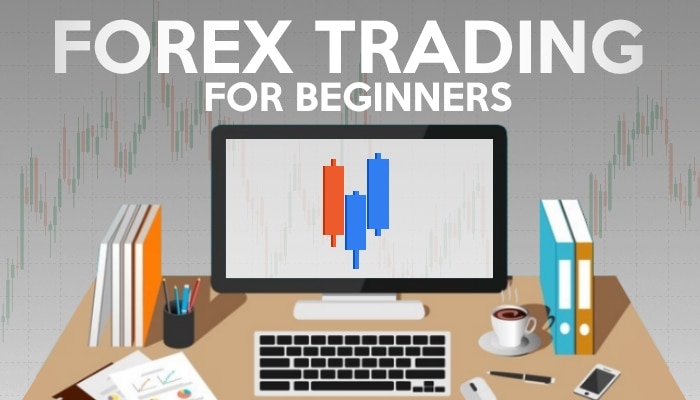How to Trade Forex?

How to Trade Forex: A Beginner’s Guide
Introduction
Forex trading can seem intimidating to beginners, but with the right approach, it becomes a rewarding and accessible endeavor. Forex, or foreign exchange, involves buying and selling currencies to profit from their changing values. This comprehensive guide will simplify the process and provide essential steps to help beginners learn how to trade forex.
1. Understanding Forex Trading
1.1 What is Forex Trading?
- Forex trading is the buying and selling of currencies in the global market.
- Traders aim to profit from currency price fluctuations.
1.2 Why Trade Forex?
- High liquidity: The forex market is vast and easy to enter and exit.
- 24-hour market: Trading is available 24/5, allowing flexibility in trading hours.
- Low costs: Brokers offer competitive fees and low transaction costs.
2. Getting Started with Forex Trading
2.1 Choose a Reliable Forex Broker
- Research and select a reputable and regulated forex broker.
- Look for user-friendly platforms and good customer support.
2.2 Open a Trading Account
- Follow the broker’s account opening process, providing necessary identification and funding details.
2.3 Practice with a Demo Account
- Many brokers offer demo accounts where beginners can practice trading without real money.
3. Essential Concepts in Forex Trading
3.1 Currency Pairs and Exchange Rates
- Currency pairs are two currencies paired together for trading, such as EUR/USD.
- Exchange rates show the value of one currency compared to another.
3.2 Leverage and Margin
- Leverage allows traders to control larger positions with a smaller amount of money.
- Margin is the minimum amount required to open a trade.
4. Understanding Market Analysis
4.1 Technical Analysis
- Technical analysis involves studying charts and patterns to predict future price movements.
- Traders use indicators like moving averages and support/resistance levels.
4.2 Fundamental Analysis
- Fundamental analysis focuses on economic factors and news events that influence currency prices.
- Traders look at interest rates, economic data, and geopolitical events.
5. Developing a Forex Trading Strategy
5.1 Choose Your Trading Style
- Determine your preferred trading style: day trading, swing trading, or position trading.
- Each style suits different levels of time commitment and risk tolerance.
5.2 Set Clear Goals and Risk Tolerance
- Define your trading goals and the amount of risk you are comfortable with.
- Avoid risking more than 1-2% of your trading account on a single trade.
5.3 Practice Patience and Discipline
- Stick to your trading plan and avoid making impulsive decisions.
- Patience and discipline are crucial for long-term success.
6. Placing and Managing Forex Trades
6.1 Placing a Trade
- Choose a currency pair based on your analysis and trading strategy.
- Decide whether to buy (go long) or sell (go short) the currency pair.
6.2 Set Stop-Loss and Take-Profit
- Set stop-loss orders to limit potential losses.
- Set take-profit orders to secure profits when the price reaches a predetermined level.
7. Risk Management and Emotions
7.1 Manage Your Risks
- Avoid overleveraging and risking too much on a single trade.
- Use stop-loss orders to protect your capital from significant losses.
7.2 Control Your Emotions
- Forex trading can be emotional; stay calm and avoid making decisions based on fear or greed.
- Stick to your trading plan and avoid chasing losses.
8. Continuous Learning and Improvement
8.1 Stay Informed
- Keep up with forex news and economic events that can impact the market.
- Stay updated on changes in your chosen currency pairs.
8.2 Analyze Your Trades
- Keep a trading journal to analyze your trades and learn from successes and mistakes.
- Identify areas for improvement in your trading strategy.
Conclusion
Forex trading can be a fulfilling journey for beginners who approach it with patience, discipline, and a willingness to learn. Start by understanding the basics, practice with a demo account, and gradually build your skills. Develop a solid trading strategy, manage your risks, and control your emotions. With dedication and continuous learning, you can embark on a successful forex trading adventure. Remember that forex trading involves risk, and there are no guarantees of profits, but with the right approach, you can navigate the forex market with confidence.